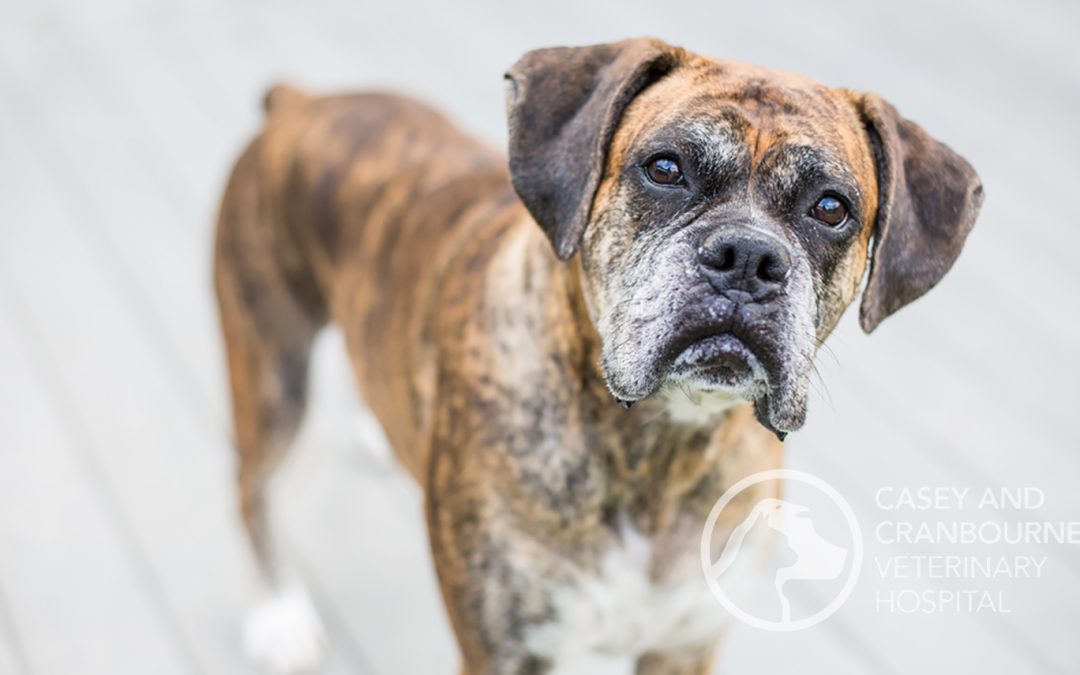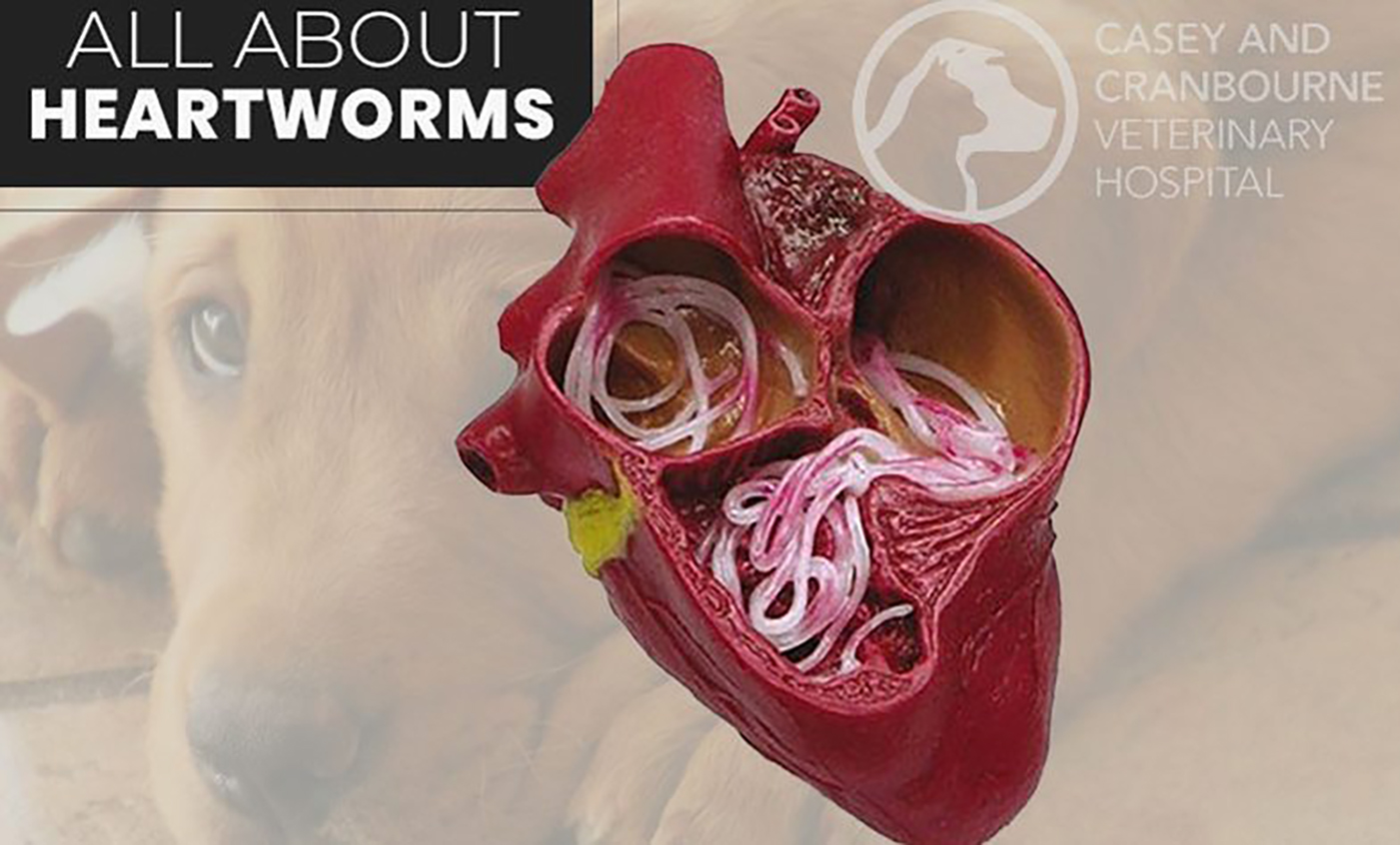IS IT JUST ARTHRITIS OR SOMETHING MORE SINISTER?
As we approach the Winter months, we see our older canine companions starting to become stiff and sore, struggling to jump on the couch or in the car and perhaps showing lameness.
In the majority of cases, this is likely to be just signs of getting older, perhaps some arthritis in a joint or spondylosis in the back that appear worse in the colder weather.
In other cases, there might be a more sinister cause of the lameness, such as osteosarcoma, a tumour of the bone.
This article will focus on the risk factors for this type of cancer but the most important take home message is that if your dog is showing signs of lameness, it is important to book an appointment with one of our vets to investigate the lameness and start on appropriate treatment.
OSTEOSARCOMA FACTS
- Osteosarcoma is the most common primary bone cancer in dogs, accounting for 85% of all skeletal cancers. It is a malignant tumour of primitive bone cells and is locally aggressive and highly metastatic.
- The most common sites are the ends of the bones towards the stifle (knee) and away from the elbow and by the hock (ankle).
- It typically occurs in middle aged and older dogs (average 7-9 years old) but there is a small peak at 1.5-2 years old.
- OSA is common in large and giant breeds with the most at risk breeds being St Bernard, Great Dane, German Shepherd, Rottweilers, Dobermans, Irish Setters and Golden Retrievers but the dog’s size being more important than breed.
The risk of OSA is 60 times higher in dogs weighing > 30kg and 8 times higher in dogs weighing 20-30 kg. Small dogs can also get OSA but the risk is a lot lower. - A hereditary basis is suspected based on the large breed prevalence.
- In addition to the possible role of genetics, OSA has also been associated with fractures, metallic implants, chronic osteomyelitis (bone infection) and ionising radiation.
- Treatment of OSA involves amputation of the affected limb and chemotherapy (carboplatin).
- For vets, amputation of the affected limb is a somewhat easy recommendation for a dog with bone cancer because we know that dogs are in pain from their tumour and we know how well dogs will adapt to becoming a tripod (aka tripawd).
- But for pet owners, it is often shocking to have to make the decision to remove their pet’s leg. Its comforting to know that studies show that:
o 91% no change in the dogs attitude
o 88% complete or near complete return to pre-amputation quality of life
o 78% of owners thought recovery and adaptation was better than expected
o 73% had no change in recreational activity
o 86% would do amputation again

I would like to introduce Charlie Brown, a gorgeous 2 year old chocolate Labrador who presented to the clinic with a soft tissue swelling of his right carpus (wrist joint). Initially, it appeared as though he had sprained his wrist and he responded to non steroidal anti-inflammatory tablets. However as soon as the medication finished, the swelling grew larger and firmer and an X-ray revealed some bony changes to the distal (bottom) end of his radius. A bone biopsy confirmed that the swelling was in fact an osteosarcoma but a CT scan performed at the same time indicated that there was no evidence of metastatic spread to his lungs.
Charlie Brown had his right front leg amputated at Casey and Cranbourne Veterinary Hospital which took away the pain of the tumour and he bounced back exceptionally well post operatively, coping as a ‘tripawd’ dog.
Two weeks after his leg was amputated and the wound had healed, he commenced chemotherapy using carboplatin.
So far, he has only had one treatment of chemotherapy but he handled this incredibly well and his initial blood tests post first chemotherapy dose have been promising.
Charlie Browns’ story highlights the fact that despite not being the ‘typical’ age for developing a bone tumour, osteosarcoma has to be on the list of differentials for a persistent lameness. Because Charlie Browns’ owners acted quickly when they first noticed he was lame, we were able to proceed promptly to obtain a diagnosis and commence treatment.

If you are at all concerned about lameness in your dog or cat, don’t delay, phone Casey and Cranbourne Veterinary Hospital today to book an appointment.



